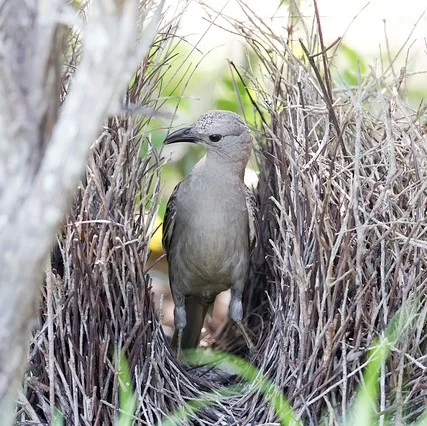More than five million individuals are affected by Alzheimer’s Disease (AD) in the United States. This dementia is the sixth leading cause of death nationwide, and one of every three seniors dies from AD or a related dementia…
Research has primarily sought to understand the biology underlying early-onset familial Alzheimer’s, using genes with well-defined autosomal dominant mutations. However, familial early-onset AD occurs in less than ten percent of Alzheimer’s Disease cases. The majority of cases are sporadic, late-onset, and associated with “risk genes”, particularly APOE.
Read More









